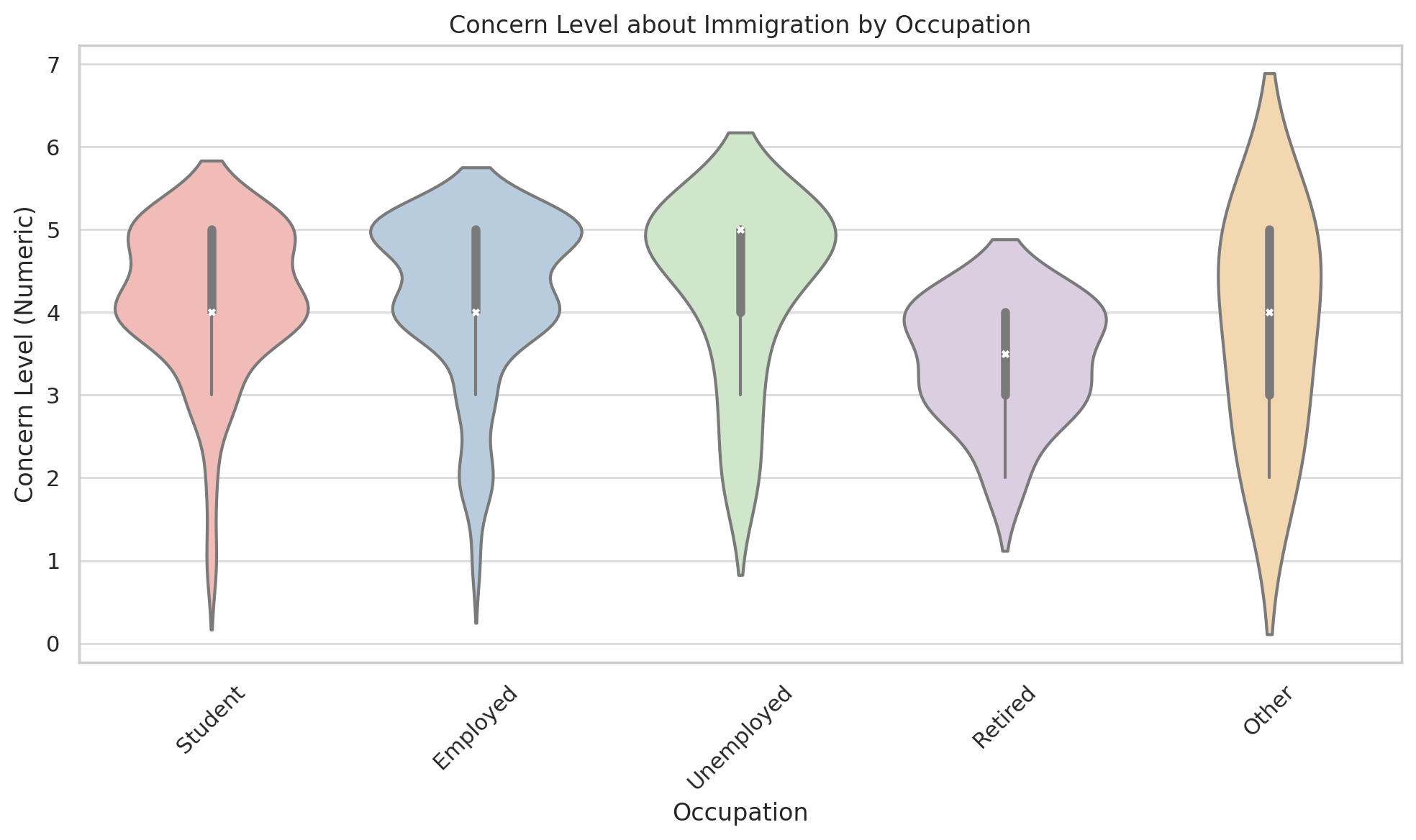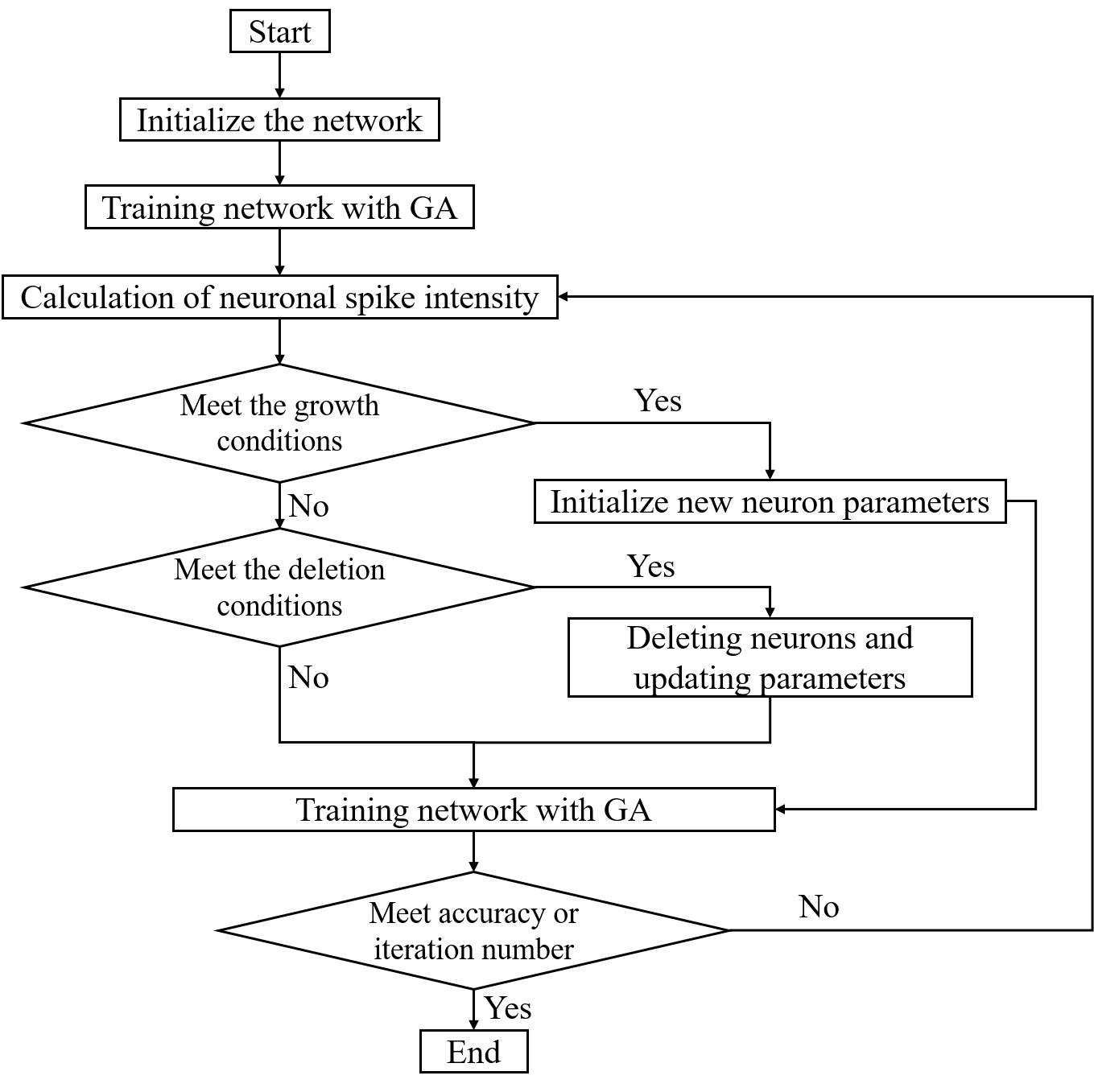 An open access journal
An open access journal
Augmented Reality in Education: Enhancing Learning Experiences
Abstract
Augmented Reality (AR) is reshaping the landscape of education by providing immersive and interactive learning experiences. This paper explores the significance of AR in education, emphasizing its role in K-12 classrooms, higher education, and vocational training. It delves into various aspects, including AR applications, wearable devices, and content development. The discussion includes the benefits of AR in education, such as improved engagement, visualization of complex concepts, and personalized learning. Moreover, the paper addresses the challenges and considerations in implementing AR in educational settings, including access to technology and pedagogical integration. Through a review of AR educational projects and research, the study highlights the positive outcomes associated with the integration of AR into the learning environment.
Share and Cite
Article Metrics
References
- Dede, C. (2009). Immersive interfaces for engagement and learning. Science, 323(5910), 66-69.
- Dunleavy, M., Dede, C., & Mitchell, R. (2009). Affordances and limitations of immersive participatory augmented reality simulations for teaching and learning. Journal of Science Education and Technology, 18(1), 7-22.
- Klopfer, E., & Squire, K. (2008). Environmental detectives—the development of an augmented reality platform for environmental simulations. Educational Technology Research and Development, 56(2), 203-228.
- Palaigeorgiou, G., & Papadopoulou, P. (2019). Augmented reality educational applications: A review of the literature. Journal of Computer Assisted Learning, 35(3), 202-220.






